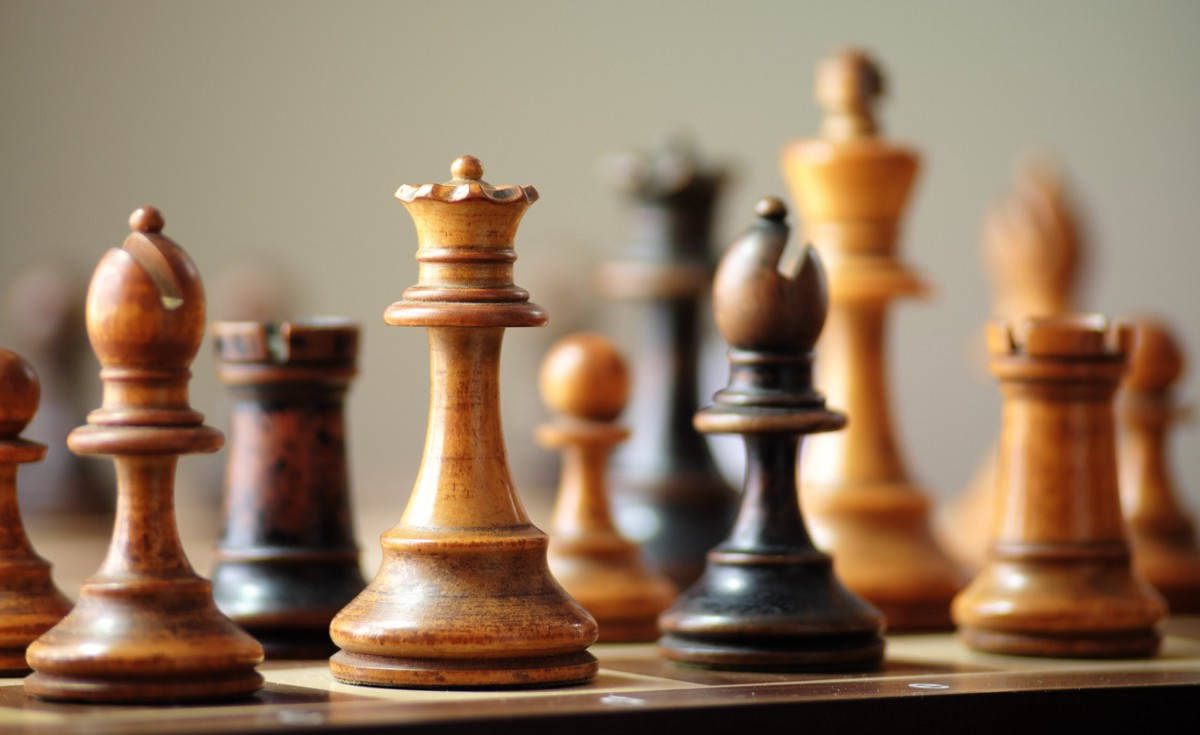This week, my main focus was to continue working on manufacturing the board’s PCBs. I was able to manufacture and test all 8 PCBs that would be required for the full board. We began putting together all the circuits this week and plan to finalize the board manufacturing and testing within the next day or two. This will give us a few more days to fix any potential hiccups on the hardware side and continue integration with the software system. In terms of software, I was able to write a testing script to ensure the functionality of the board once it has been put together – the script loops through all the 64 hall effect sensor outputs and displays changes in the output voltage. This way we can guarantee that the board works as expected as we begin to integrate all the 8 PCBs. However, the majority of my time this week was spent on debugging the PCBs as well as finalizing any missing components – one problem I frequently encountered with the PCBs was fixing solder bridges on the 8:1 muxes, this was a very tedious and time consuming task since I had to manually remove the bridges using a soldering iron.
We’re a little tight on time with our integration schedule, but hope to finish what is left by early this week, this will give us enough time to prepare for the final demo and the rest of the deadliens coming up this week.
By next week, I hope to finish manufacturing and testing our board as well as integrating our hardware and software systems.
